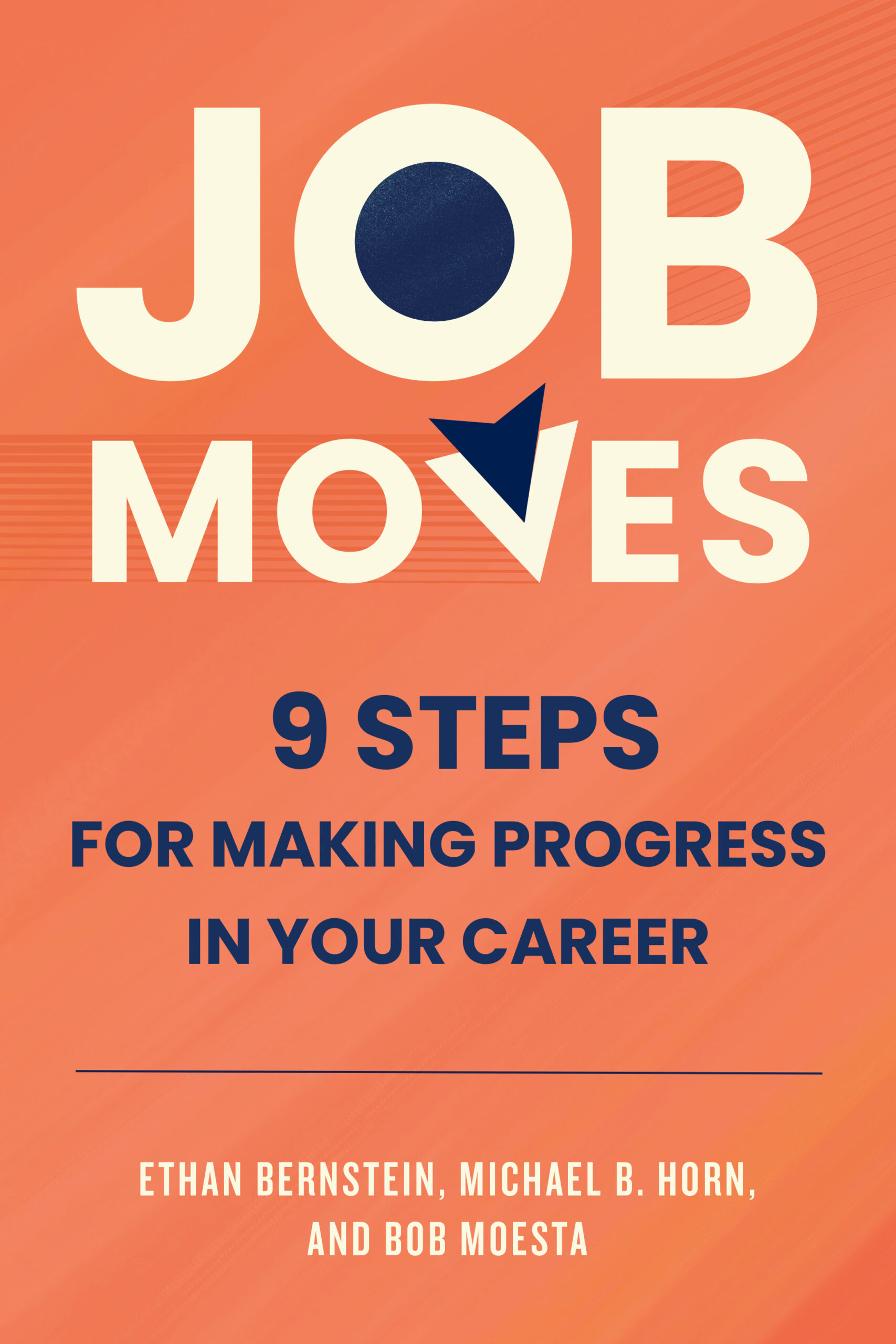
My Pandemic Pod Blew Up — As It Turns Out, They Weren’t Made to Last
By
Many parents turned to education pods during the COVID-19 pandemic only to find that running a school is harder than they thought.
In a regular school, administrators create the policies, but in a pandemic pod this responsibility falls entirely on parents. “You’re all of a sudden the administration,” says Michael Horn, author Disrupting Class: How Disruptive Innovation Will Change the Way the World Learns and education writer and speaker.
This fall, Horn started a microschool at his home in Lexington, Massachusetts with his two elementary school-aged daughters and children from three other families. He says parents often underestimate how much time it takes to set up a pod. There’s no playbook you can pull from, because school policies aren’t designed for a group of four or five learners.
Pod parents need to decide where to locate the learning space, for example, along with how much families will contribute financially and how to handle things like sick days and discipline. In a pod there is no teacher or administrator to mediate conflicts, says Horn, and you can’t just get together with the other parents for a drink and complain about the school leaders being out of touch. And in the age of COVID-19, determining a pod’s health policy can be particularly arduous.

0 comments